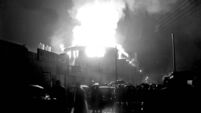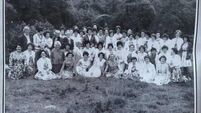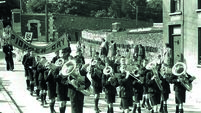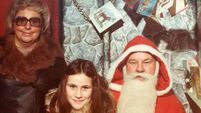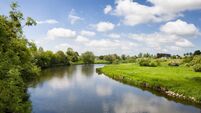The Spike Island resident who was the inspiration behind Indiana Jones
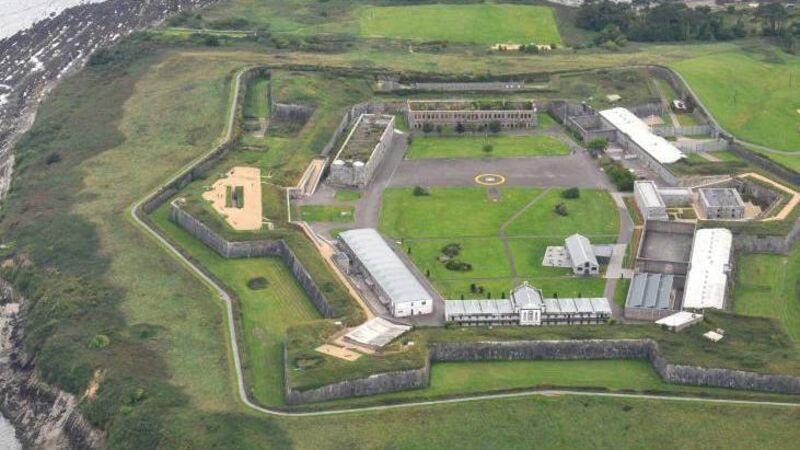
Fawcett spent three years at Spike Island.
Colonel Percy Fawcett was a most interesting man and a friend of Sir Arthur Conan Doyle, whose book, , was based on his explorations.
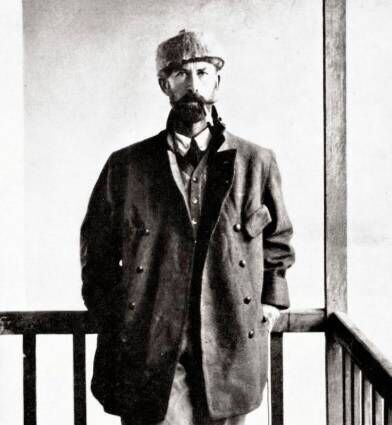
In 1906 he was sent to South America surveying in Brazil and it was here that he befriended local chiefs and tribal leaders.
